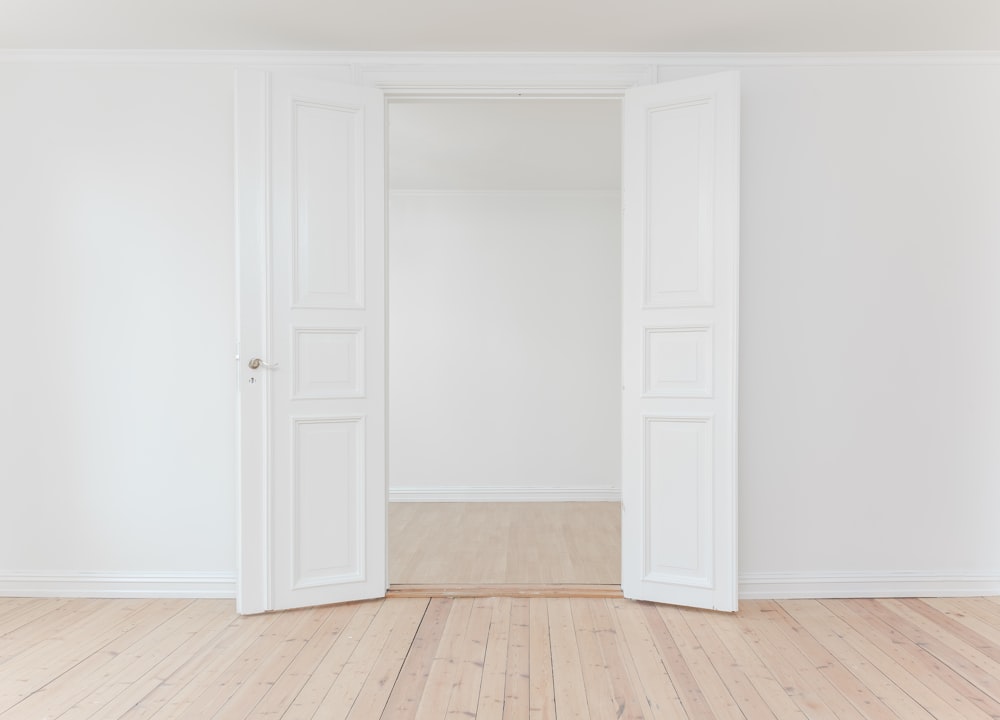Calculating the Cost to Add an Addition to Your House
Exploring Your Home Expansion Options:
Expanding your home with an addition is an exciting prospect, but it’s essential to understand the financial aspects before diving in. Calculating the cost of adding an addition to your house involves several factors, from materials and labor to permits and unexpected expenses. In this article, we’ll break down the process of estimating the cost of adding an addition to your home.
Assessing Your Needs and Goals:
Before delving into the specifics of cost, take some time to assess your needs and goals for the addition. Consider why you’re adding an addition—is it for extra living space, a home office, or a new bedroom? Understanding your motivations will help you prioritize your budget and make informed decisions throughout the process.
Determining the Size and Scope:
The size and scope of your addition will play a significant role in determining the cost. Consider factors such as the square footage, number of rooms, and any special features or amenities you want to include. A larger addition with complex features will naturally cost more than a smaller, simpler one.
Estimating Material Costs:
Once you have a clear idea of the size and scope of your addition, you can begin to estimate material costs. This includes everything from lumber and drywall to roofing materials and flooring. Research prices for materials in your area and factor in any additional costs for delivery or specialty items.
Considering Labor Costs:
Labor costs are another significant component of adding an addition to your house. Depending on the complexity of the project, you may need to hire contractors for various tasks such as framing, electrical work, plumbing, and HVAC installation. Get quotes from multiple contractors to compare prices and ensure you’re getting a fair deal.
Budgeting for Permits and Fees:
Don’t forget to budget for permits and fees associated with adding an addition to your house. Most municipalities require permits for major home renovations, and there may be fees associated with zoning approvals or inspections. Factor these costs into your budget from the outset to avoid any surprises down the line.
Building in Contingency Funds:
No matter how carefully you plan, it’s inevitable that unexpected expenses will arise during the addition process. Building in contingency funds to cover unforeseen costs is essential for staying within budget. Experts recommend setting aside at least 10-20% of your total budget for contingencies.
Accounting for Design and Architectural Fees:
If your addition requires architectural plans or design services, be sure to budget for these expenses as well. Architects and designers typically charge fees based on the complexity of the project and the level of service required. Get quotes from multiple professionals and choose one whose style and approach align with your vision.
Exploring Financing Options:
Once you have a clear understanding of the costs involved, it’s time to explore financing options for your addition. Depending on your financial situation, you may choose to pay for the addition out of pocket, take out a home equity loan or line





